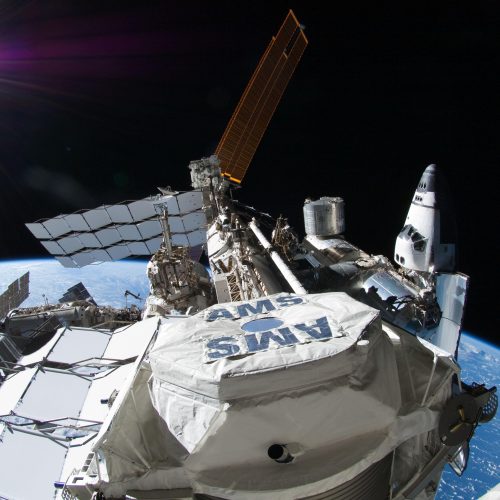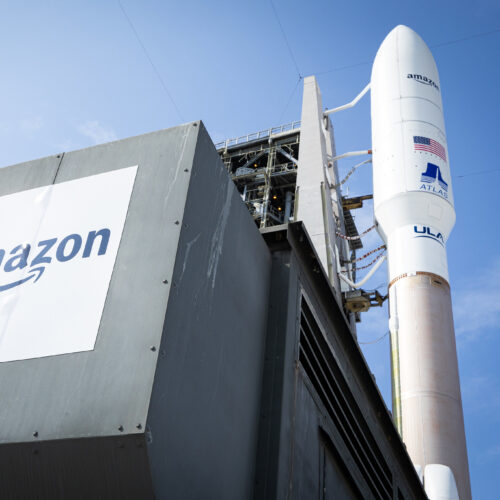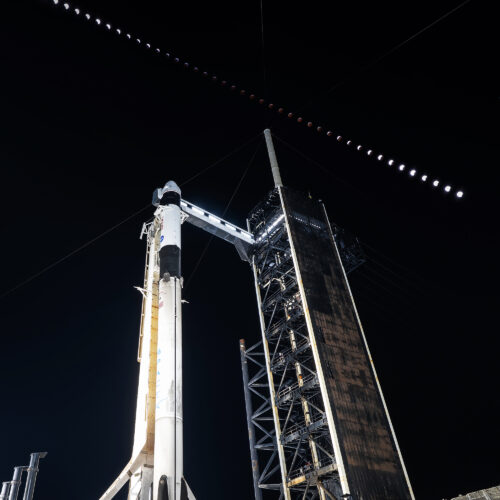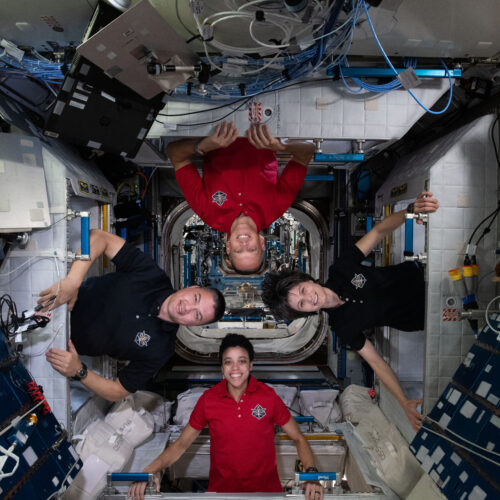NASA scrambles to cut ISS activity due to budget issues
NASA is considering scaling back its activities on the International Space Station, according to multiple sources. The changes, which are being considered primarily due to shortfalls in the space station budget, include:
- Reducing the size of the crew complement of Crew Dragon missions from four to three, starting with Crew-12 in February 2026
- Extending the duration of space station missions from six to eight months
- Canceling all upgrades to the Alpha Magnetic Spectrometer science instrument attached to the station
The changes align with a desire that was reflected in the Trump administration's "skinny budget" proposal for NASA, released last Friday, which seeks to have the US space agency reduce its activities on the ISS.
"The Budget reduces the space station’s crew size and onboard research, preparing for a safe decommissioning of the station by 2030 and replacement by commercial space stations," stated the budget request for fiscal year 2026. "Crew and cargo flights to the station would be significantly reduced. The station’s reduced research capacity would be focused on efforts critical to the Moon and Mars exploration programs."


© NASA
















